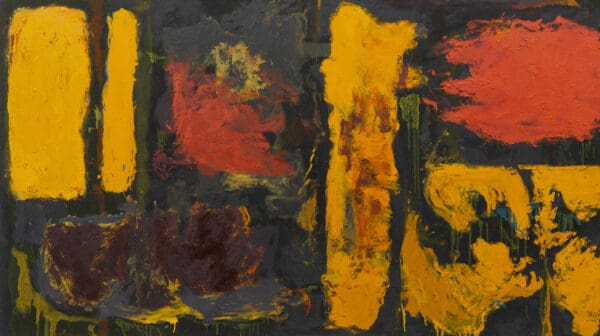
Making Space at the Table
NAP Contemporary’s group show, The Elephant Table, platforms six artists and voices—creating chaos, connection and conversation.
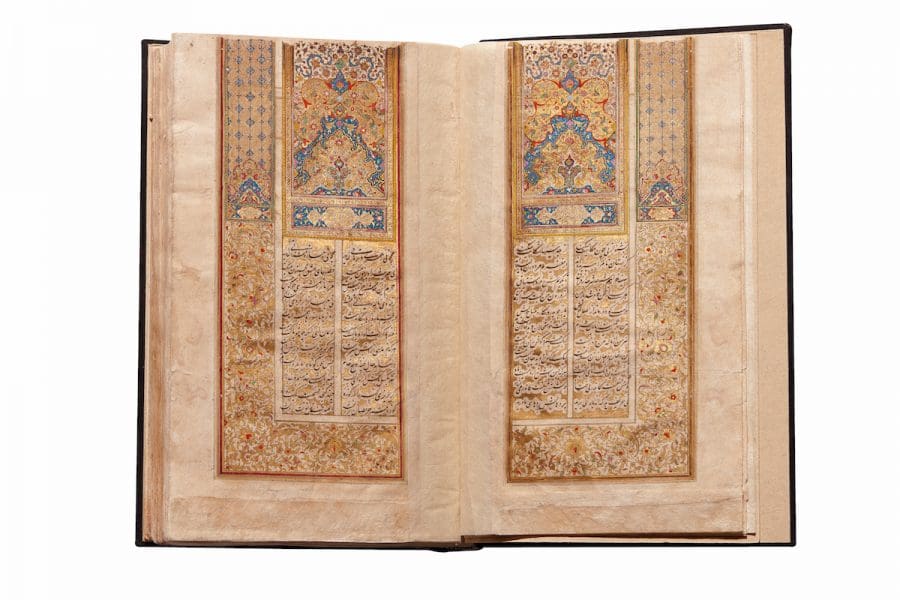
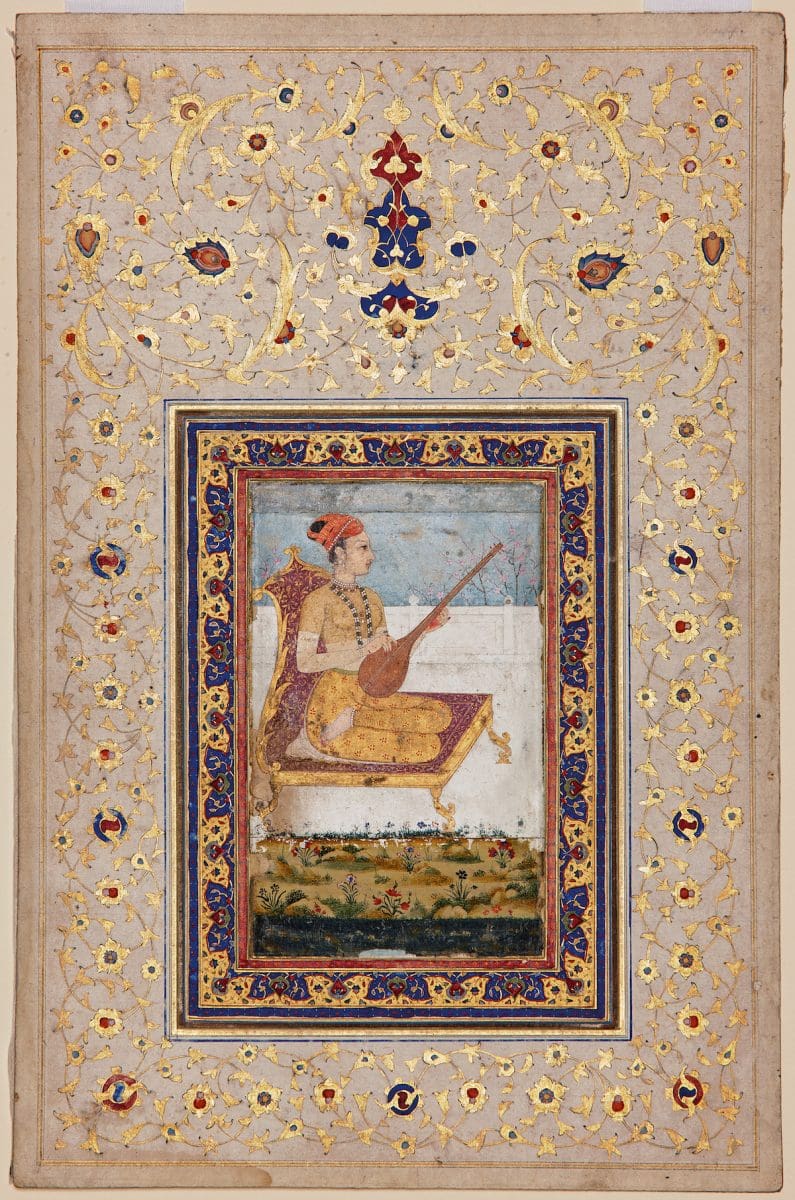
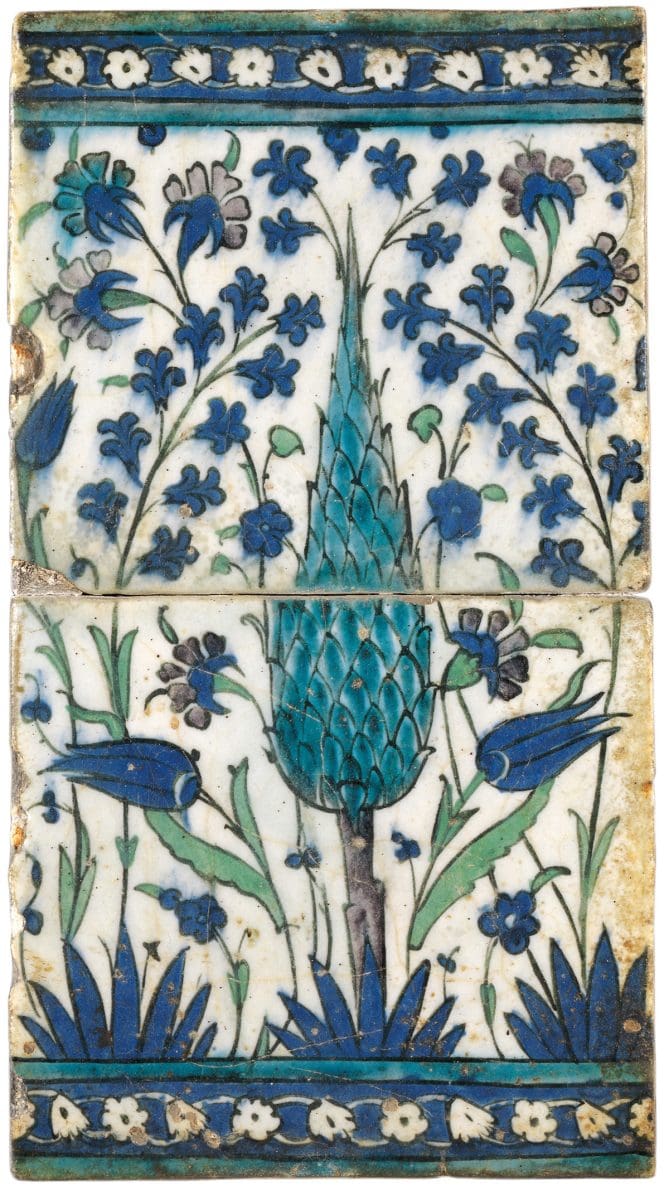
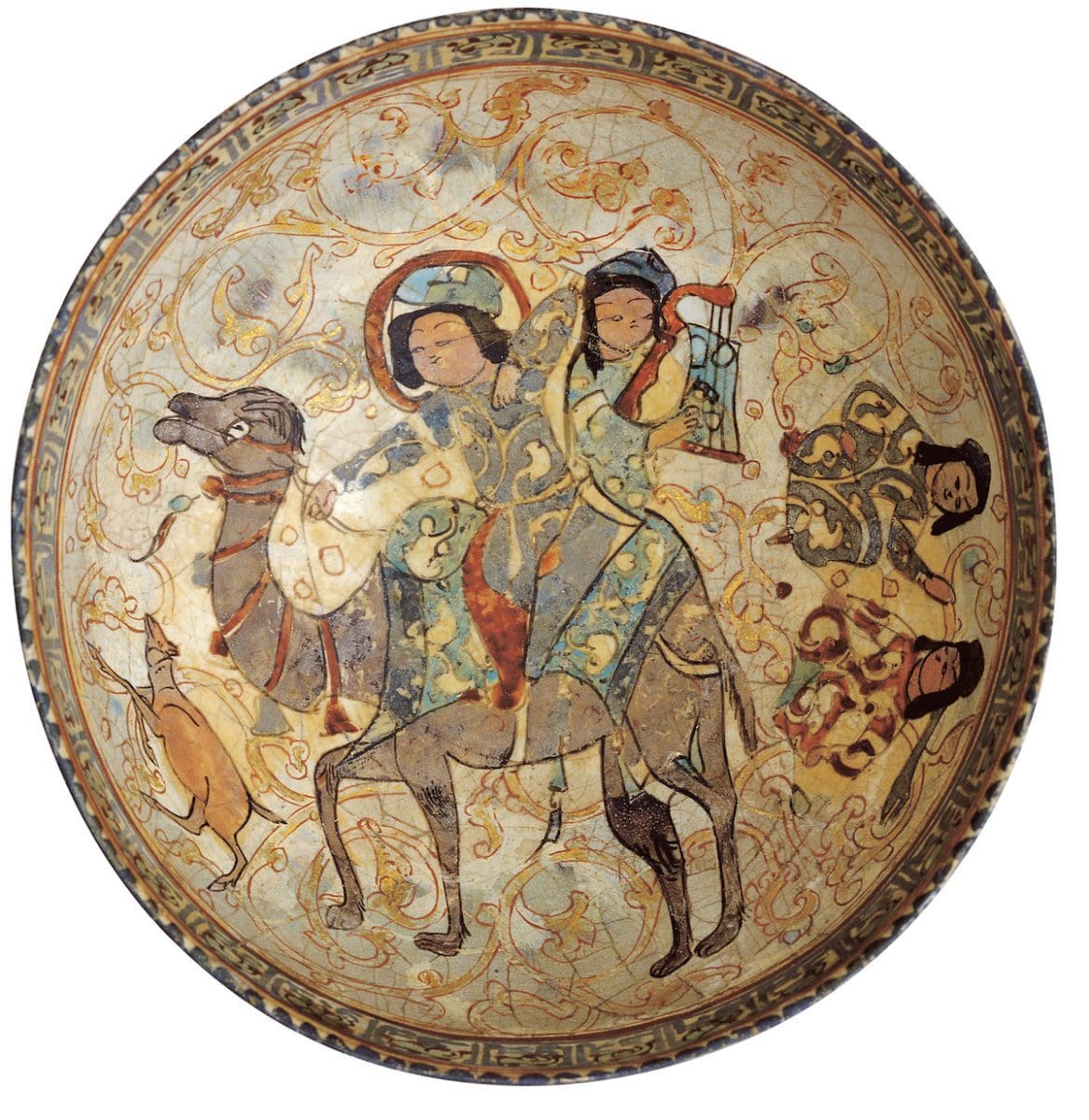
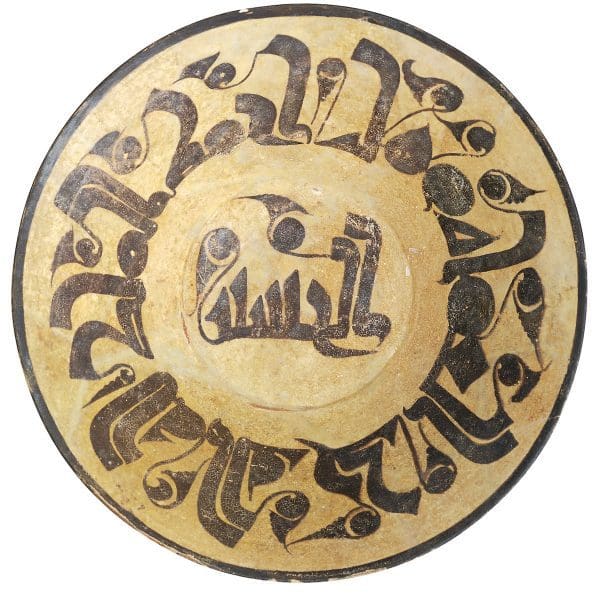
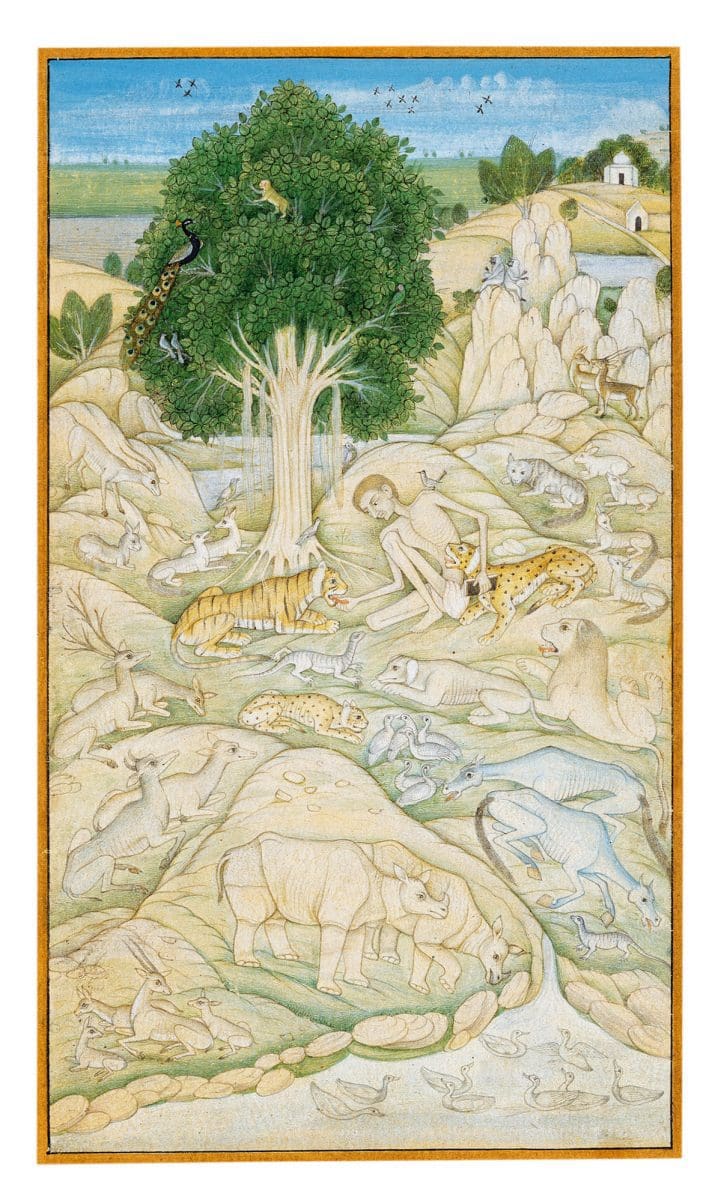
Love takes many forms. In Love From Damascus: The art of devotion in Islam, love is expressed through prayer, spirituality, hospitality, friendship, and sex. It is woven into textiles and adorned with gold leaf; shaped into silverware and glazed into tiles and pots.
For this exhibition at the Art Gallery of South Australia (AGSA), curator James Bennett has selected a diverse range of objects exploring “worldly love, and divine love,” across the pre-modern Islamic world. Alongside richly illuminated manuscripts and paintings are a number of ceramics from AGSA’s significant collection, as well as silverware and embroidered textiles. Drawn from different times and places, each object provides a unique perspective on the nuances of love and devotion.
It takes the shape of an earthenware bowl from nine or 10th-century Iran that features Arabic calligraphy praising devotion through hospitality. In a 17th-century illuminated manuscript of Rumi’s Masnavi, the act of love is conveyed not only in the written content – a treatise on devotion to God – but in the intricate and laborious process of decoration. Indeed, many of the objects represent hundreds of hours of devotional labour: patterns stitched, picked out in gold, or painted in jewel tones.
Bennett emphasises the vibrant history of multi-nationalism and discourse across pre-modern Islamic nations – in contrast, perhaps, to the current perception of a perpetually fractured Middle East.
“Historically there was an incredible interchange between scholars and poets and artists,” he explains. “Artists were always moving around.”
Accordingly, Love From Damascus is cosmopolitan: while there is a focus on Syria, the exhibition also includes works from elsewhere in the Middle East, India, and Indonesia. Varied, intriguing, and profoundly beautiful, these objects convey timeless stories of the relationships between people, places, and God.
Love From Damascus: The art of devotion in Islam
Art Gallery of South Australia
From 9 November
This article originally appeared in the November/December 2018 print issue of Art Guide Australia.